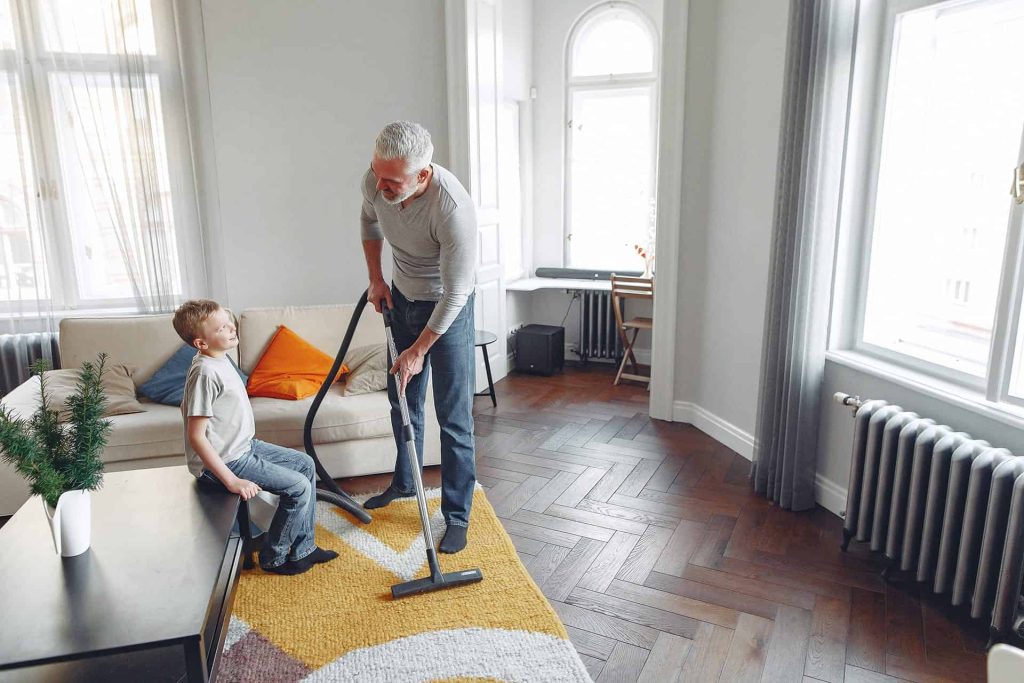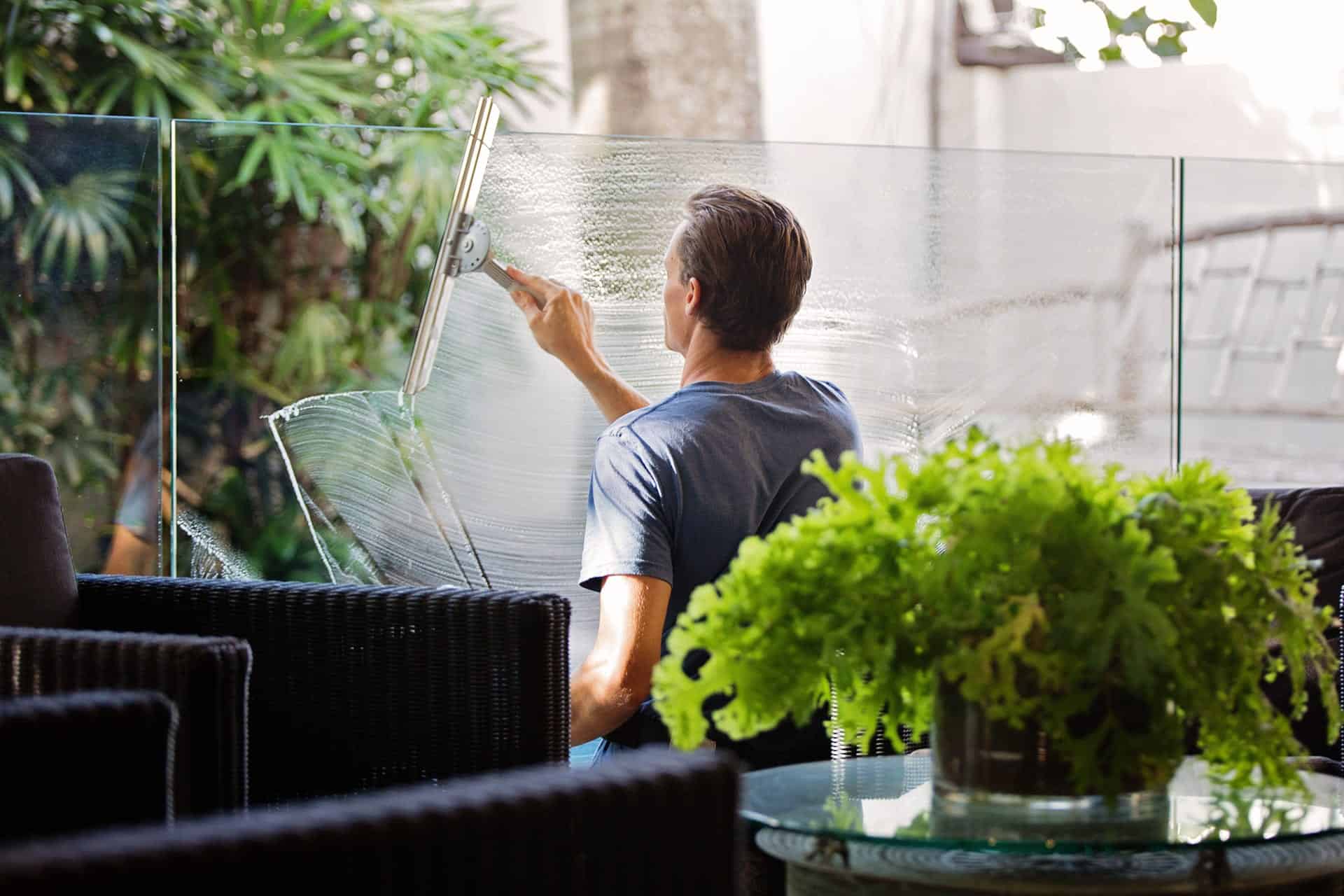Ganzkuhl® Passive daytime reflective and radiative coating
Stop Tolerating the HEAT!
Ceramic-based Passive Daytime Radiative Cooling Coatings.
Our services
Get Satisfied with the services we provide A to Z in cleaning
Lorem ipsum dolor sit amet, consectetur adipiscing elit. Ut elit tellus, luctus nec ullamcorper mattis, pulvinar dapibus leo. Sit amet massa vitae tortor.
- Upholstery Cleaning
- Apartment Cleaning
- Commercial Cleaning
- Window Washing
- Construction Clean-Up
- Office Cleaning


Lorem ipsum dolor sit amet, consectetur adipiscing elit, sed do eiusmod tempor incididunt ut labore et dolore magna aliqua. Lacus sed viverra tellus in hac habitasse dictumst. Nisi porta lorem mollis. Posuere ac ut consequat semper viverra nam libero justo.
Why choose us
Our most popular cleaning services for you
Ultrices eros in cursus turpis massa tincidunt dui ut. Turpis in eu mi bibendum neque egestas. Sollicitudin ac orci phasellus egestas tellus rutrum tellus. Eu consequat ac felis donec.
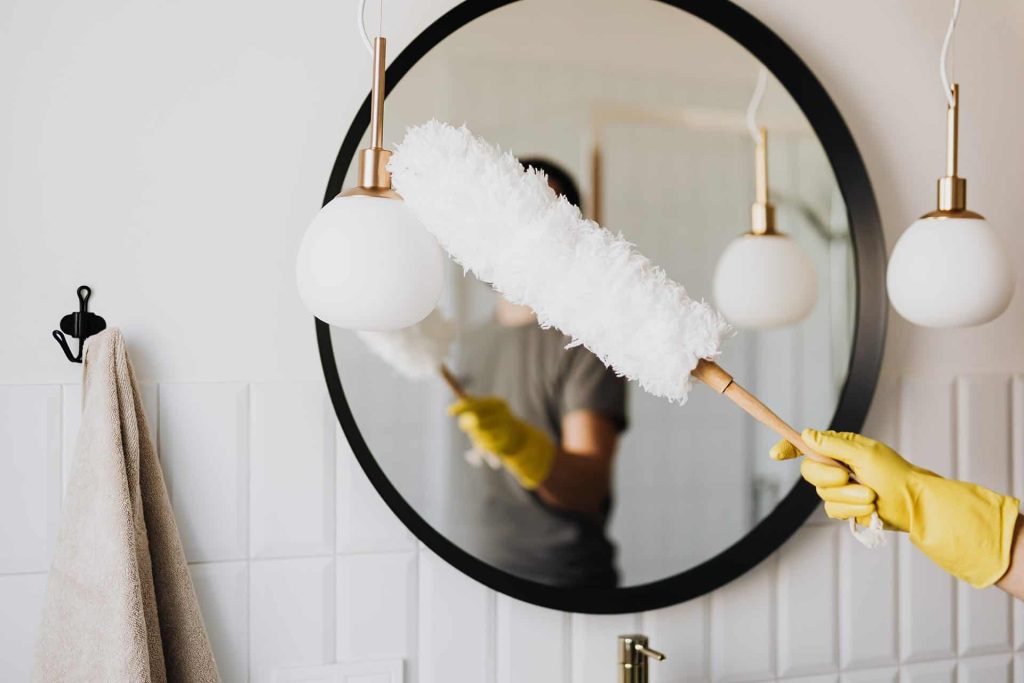
Tincidunt vitae semper quis lectus. Sed ullamcorper morbi tincidunt ornare massa eget egestas. Quis eleifend quam adipiscing vitae proin sagittis nisl rhoncus mattis. Egestas sed sed risus pretium quam vulputate dignissim.
Work process
We make life easier
Lorem ipsum dolor sit amet, consectetur adipiscing elit. Ut elit tellus, luctus nec mattis dapibus.

Book Online Form
Lorem ipsum dolor sit amet, consectetur adipiscing elit.

Get Expert Cleaner
Lorem ipsum dolor sit amet, consectetur adipiscing elit.

Enjoy Cleaning
Lorem ipsum dolor sit amet, consectetur adipiscing elit.
Who we are
Our achievements over the years as a cleaning service company
Lorem ipsum dolor sit amet, consectetur adipiscing elit. Ut elit tellus, luctus nec ullamcorper mattis, pulvinar dapibus leo. Nisi porta lorem mollis aliquam ut. Posuere ac ut consequat semper viverra nam libero justo. Integer eget aliquet nibh praesent tristique magna sit amet purus.
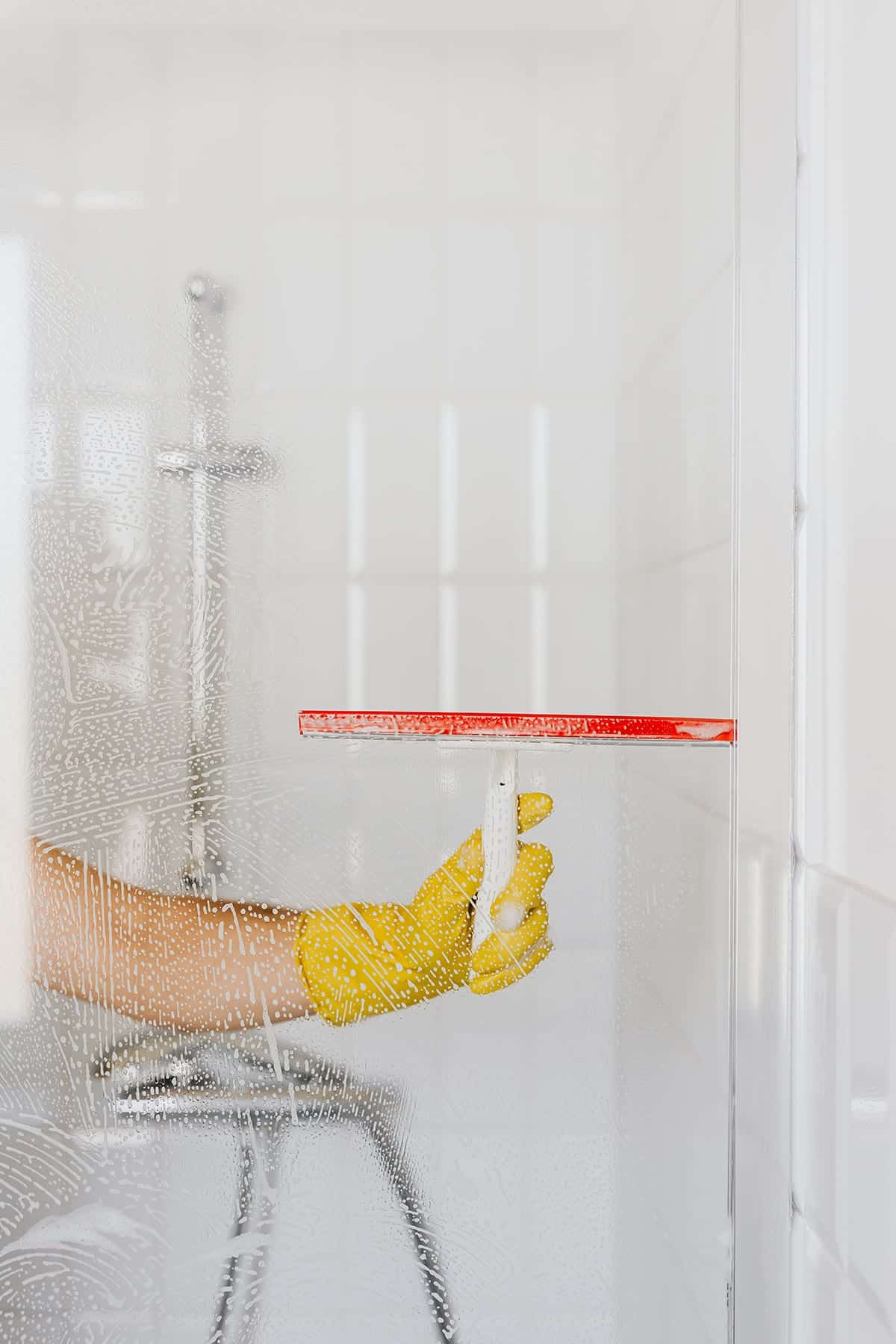
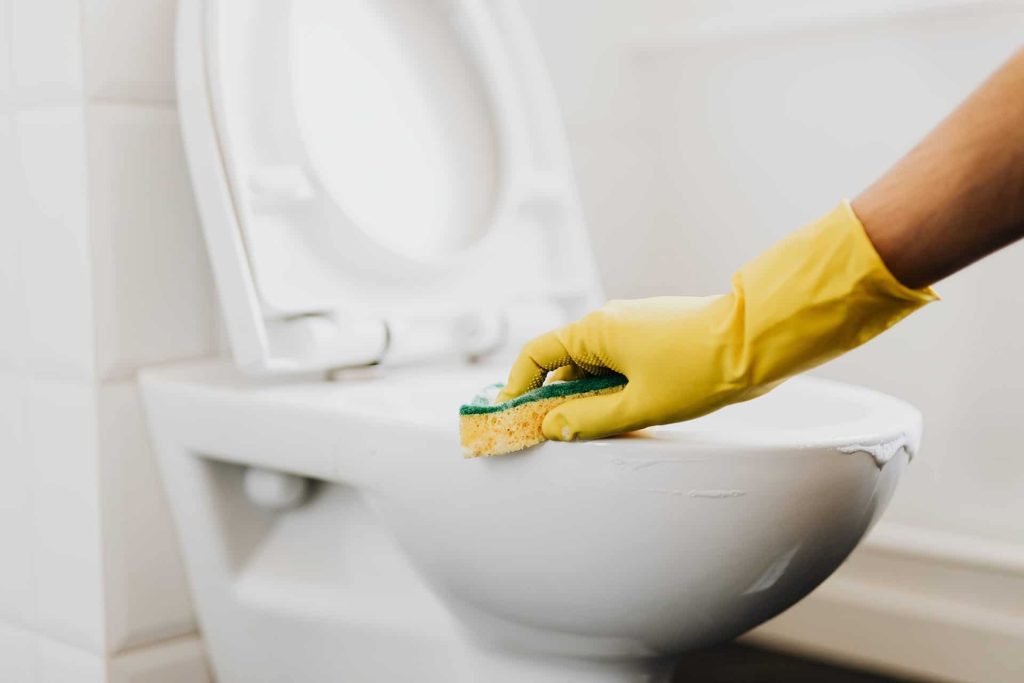
Understanding the Science Behind PDRC Coatings: The Fundamental Mechanism
Understanding the Science Behind PDRC Coatings: The Fundamental Mechanism
PDRC coatings operate through a dual-action mechanism that distinguishes them from conventional reflective materials. These advanced materials combine high solar reflectivity with exceptional thermal emissivity in the infrared spectrum, specifically targeting the atmospheric window between 8-13 micrometers. This atmospheric window represents a transparent band in Earth’s atmosphere where thermal radiation can pass through directly to space.
The cooling process occurs through three primary heat transfer mechanisms: conduction, convection, and radiation. While traditional cooling methods rely primarily on conduction and convection, PDRC materials harness the power of radiation to create a “heat bridge” between the hot surface and the extremely cold outer space, which maintains a temperature of approximately 2.7 Kelvin.
Material Composition and Structure
PDRC coatings typically consist of carefully engineered composite polymer matrices embedded with specialized ceramic particles designed to optimize both reflective and emissive properties. Ceramic Materials find good utility in this application, as they have good emissivity and ruggedness. These materials are designed to scatter heat and light effectively at the boundary between the polymer and air, enhancing both solar reflectance and thermal emittance.
Performance Comparison: PDRC vs. Traditional Solar Reflective
The performance difference between PDRC coatings and traditional solar reflective coatings is substantial and measurable. Traditional cool roofs, which primarily rely on high solar reflectance, can reduce roof surface temperatures by 12-15°C translating to indoor temperature reductions of 2-4°C. While significant, these improvements often leave indoor environments uncomfortably warm.
PDRC coatings deliver dramatically superior results. A typical sheet metal or asbestos roof can reach temperatures of 75°C (190°F) under direct sunlight when ambient temperatures are around 38°C. PDRC solutions can reduce these surface temperatures to at or below ambient levels – a potential difference of 17-30°C. This translates to indoor temperature reductions of 5-10°C, creating genuinely comfortable living conditions without energy consumption.
We can summarize the same as under:
| Aspect | PDRC Coatings | Solar Heat Reflecting Coatings |
| Primary Mechanism | Reflects sunlight, emits heat to space | Reflects sunlight |
| Cooling Effect | Cools to or below ambient temperature | Reduces heat gain, not below ambient |
| Temperature | Surface: 17-30°C; Indoor: 5–10°C | Surface: 12–15°C; Indoor: 2–4°C |
| Reduction | Passive, no energy input | Passive, no energy input |
| Energy Requirement Energy Savings | Up to 40% under certain conditions | Upto 10–30% savings under certain conditions |
The energy implications of this performance difference are profound. While traditional cool roofs can provide 20-30% energy savings depending on building construction and climate conditions, PDRC coatings can reduce building energy demand by up to 40% in informal and low-income housing. In India alone, widespread PDRC adoption could save 80 terawatt-hours of cooling-related energy consumption and avoid over 68 million tons of CO2 equivalent emissions by 2030.
The counter-intuitive nature of PDRC technology becomes apparent in its ability to achieve temperatures below ambient air levels. Unlike traditional reflective coatings that can only approach ambient temperatures at best, PDRC materials can actually be cooler when placed outside in direct sunlight than they would be inside in shade. When a concrete structure is coated with a PDRC Coating (and compared to Solar Heat Reflective Coatings), we notice that
- The temperature drop will be immediate on the application.
- The performance is better under direct sunlight versus when there is cloud cover
- Washing the surface helps maintain the performance, though water takes time to evaporate as the surface is cooler.
Applications and Real-World Impact
Building and Construction Applications
PDRC coatings show exceptional promise for building applications, particularly in hot climates and underserved communities. The technology is being developed in various forms to be suitable for various substrates including Metal Sheds, RCC, Polycarbonate Sheets, fabrics and porous structures, making it adaptable to different construction materials and methods. For informal settlements and low-income housing, where corrugated tin and asbestos roofs are common, PDRC coatings could transform living conditions by creating genuinely comfortable indoor environments.
The economic benefits extend beyond energy savings. In India, it is estimated that PDRC adoption could prevent the loss of 73 trillion labor hours worth $22 billion in direct income, with the average low-income household gaining 136 labor hours annually by 2030. This represents approximately 7% of annual household income for these families.
Broader Environmental and Social Benefits
The potential for life-saving impact cannot be overstated. Large-scale PDRC deployment could prevent an estimated 317,000 heat-related deaths between now and 2030 in India alone. This figure represents roughly one-tenth of the lives saved by COVID-19 vaccines across the entire WHO Southeast Asia region. The technology addresses a critical global challenge, as 8.3 billion people – 74% of the projected global population in 2100 – could face deadly heat conditions without intervention.
Challenges and Future Development
Manufacturing and Scalability
The challenge comes in form of manufacturing costs as the ceramic materials are expensive compared to relatively inexpensive Calcium Carbonate based pigments used in the production of Solar Heat Reflecting Coatings.
The scalability is feasible only after widespread adoption of the technology and products. Performance Consistency and Durability
Recent research has identified humidity sensitivity as a critical challenge for certain PDRC formulations, particularly porous polymer coatings. Studies show that solar reflectance can decrease rapidly with increasing humidity, with some formulations losing PDRC ability entirely at 45% relative humidity.
These problems are addressed and solved in ceramic matrix solutions, as they are more durable in design and lesser sensitive to the effects of humidity.
Durability concerns include UV exposure, thermal aging, surface contamination, and chemical corrosion. Advanced formulations are being developed with superhydrophobic properties and enhanced resistance to environmental aging, ensuring long-term performance in real-world conditions.
Conclusion
Passive Daytime Radiative Cooling coatings represent a paradigm shift in cooling technology, offering superior performance compared to traditional solar reflective coatings while consuming zero energy. The technology’s ability to achieve sub-ambient temperatures through sophisticated manipulation of electromagnetic radiation properties positions it as a critical tool in addressing global warming and energy poverty.
The performance advantages are clear: while traditional cool roofs provide modest temperature reductions, Ceramic based PDRC Coatings can deliver indoor temperature improvements of 5-10°C, creating genuinely comfortable living conditions. This enhanced effectiveness could drive the widespread adoption that has eluded conventional cool roof technologies.
As manufacturing scales up and costs decrease, PDRC coatings have the potential to transform cooling approaches globally, particularly in developing countries where the need is most urgent4. The technology offers a rare opportunity to simultaneously address climate change, energy poverty, and public health challenges through a single, scalable solution. With continued development addressing durability and consistency challenges, Ceramic based PDRC coatings are poised to become a cornerstone technology in the transition to sustainable cooling systems worldwide.
What our clients says about us
Testimonial from few of our esteemed clients for ganzkuhl
Residents of my premium project experineced greater cooling with GANZKUHL. The water seepage problem has been successfully tackled by Ganzkuhl.

Chetan Gawand
CEO, Gawand Constructions Mumbai And Navi Mumbai
With usage of GANZKUHL we have seen a sharp drop in temperature within our resort’s dining hall and office. We have good energy saving after application of Ganzkuhl this summer.

Director, Alankrita Resorts Hyderabad
Salient features of this cool coating
High Heat Reflectivity
98.6% of the Sun’s heat is reflected. This creates a cooler interior for the building.
Waterproof Layer
Save money as no need to apply another waterproofing chemical.
Durable Walkable Surface
Roof remains usable
No impact of fungus, bacteria, or algae
The roof remains clean!
POSSIBILITIES WHERE ALL GANZKUHL CAN BE USED

Buildings with a top floor which has a terrace exposed to direct sunlight. Ganzkuhl works on temperature reduction as well as a good waterproofing coating.
Airports are the worst hit: they are large flat structures – so more heating and more water seepage.
Industries operating in metal sheds face even more hostile heating. This results in the dropping of the efficiency of the workers, due to the extreme heat. Ganzkuhl would be a good solution to reducing the heat and increasing the efficiency of the workers.
Make shift offices in containers located at all construction sites such as security cabins
Storage of Temperature Sensitive Products: Products such as Silicones are sensitive to temperature. Ganzkuhl Coating on the site shall safeguard the products from undergoing damage due to extreme heating.
Chemical Industry: During chemical storage, the rising temperatures would transfer greater heat to the inside of the storage tanks. This would result in:
- Greater evaporation: Loss in material
- Risks from the release of evaporation products
- Fire hazards, in case of volatile materials
Impact on transportation:
- The railways would need a solution to reduce the heating, as it would have a direct impact on their AC costs.
MULTI-UTILITY OF GANZKUHL® coating
Multiple Base Substrates: GanzKuhl® Coating can be used for
Concrete Slabs
Galvanized / coated Metal sheets
Cloth
Wood
Rubber Sheet (limited adherence)
- Ease of Application:
- Easily applied by brushing or with rollers.
- Can be applied by any painter following the correct instructions.
How to apply Ganzkuhl® Solar Heat Reflecting Coating

Coverage:
One kilo of GANZKUHL® covers approximately ~25 sq. ft. of area.
Surface preparation of the Roof:
- It is necessary to adequately prepare the surface of the roof by scratching or brushing, to remove any loose PCC or concrete.
- The surface then needs to be cleaned and washed thoroughly with water.
- Allow the surface to dry thoroughly prior to starting the coating.
Coating:
- The primer application is the first stage. Prepare the primer as per the formulation in the Instruction Sheet. Apply the primer on the rooftop in uniform manner.
- Once the primer coating has dried the ready mix of GANZKUHL® can be applied on the Roof Top by brushing / rolling / spraying. Allow one coat to dry, before applying the second coat.
- The drying time is usually 2~3 hours. Check the surface by touching it with any blunt object – if it does not get colored or go through, the surface is dry.
- After application of the second coat, let the coated surface be exposed to open sunlight for two days, before using the surface.
- Enjoy your cooled roof!
Simulation of Uncoated Aluminium Tank v/s Aluminium Tank coated by Ganzkuhl
We worked with a leading thermal simulation company to create a simulation to see the drop in the surface temperature due to application of Ganzkuhl.
We selected the base metal as Aluminum, as it has a high level of thermal reflectivity. This would be a good litmus test for the capabilities of Ganzkuhl.
We chose a summer day, to see the impact on a peak summer day.
We ran the numbers and the results were not surprising.
Ganzkuhl protected surface was more than 6oC to 7oC cooler than a highly reflective material like Aluminium.
If the base material is Steel or Concrete, which has poor thermal reflectivity, then the difference will be even wider.


